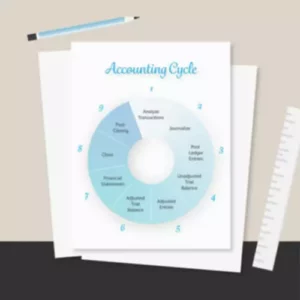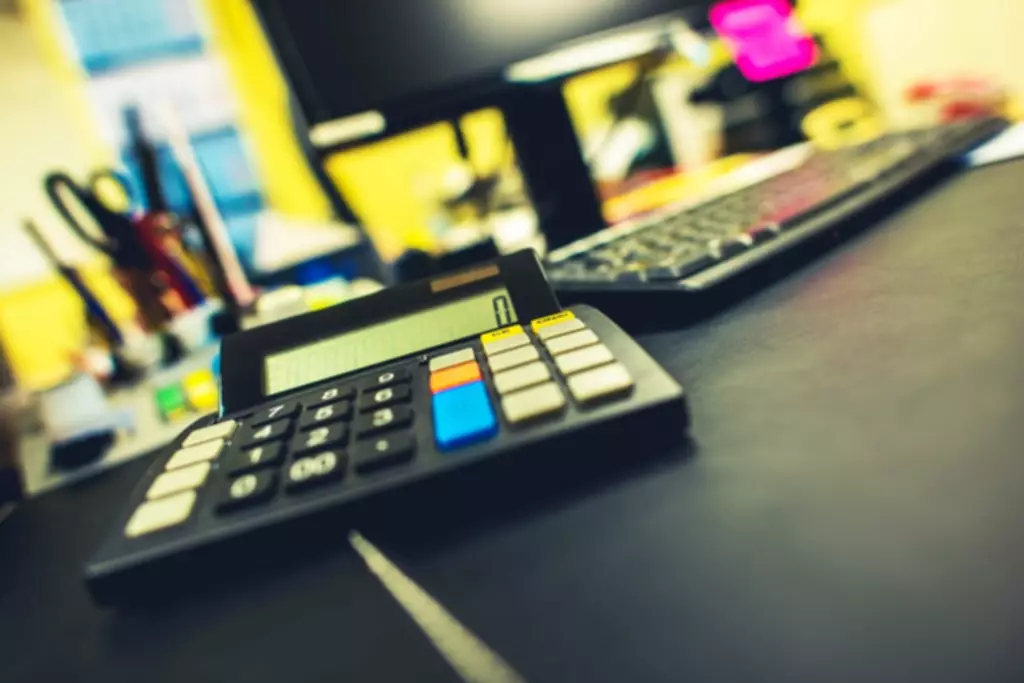Content

An asset’s carrying value on the balance sheet is the difference between its historical cost and accumulated depreciation. At the end of an asset’s useful life, its carrying value on the balance sheet will match its salvage value. This depreciation journal entry will be made every month until the balance in the accumulated depreciation account for that asset equals the purchase price or until that asset is disposed of. A depreciation journal entry is used at the end of each period to record the fixed asset or plant asset depreciation in the accounting system. Assets that are used by a company for more than an accounting year are referred to as “fixed assets”.
What is the journal entry for depreciation on sale of asset?
Journal Entry for Profit on the Sale of Asset
Debit all accrued depreciation, credit the fixed asset, and credit the gain on sale of asset account when there is a gain on the sale of a fixed asset. One should also debit cash for the amount received.
Straight-line depreciation is calculated as (($110,000 – $10,000) / 10), or $10,000 a year. This means the company will depreciate $10,000 for the next 10 years until the book value of the asset is $10,000. Since accelerated depreciation is an accounting method for recognizing depreciation, the result of accelerated depreciation is to book accumulated depreciation. Under this method, the amount of accumulated depreciation accumulates faster during the early years of an asset’s life and accumulates slower later. The philosophy behind accelerated depreciation is assets that are newer (i.e. a new company vehicle) are often used more than older assets because they are in better condition and more efficient.
What Is Component Accounting for Fixed Assets?
Units of production depreciation will change monthly, since it’s based on machine or equipment usage. This will change each year, as you would use the new book value, which would be $1,300 (the original price of the https://www.bookstime.com/articles/what-is-the-accounting-journal-entry-for-depreciation asset minus the amount already depreciated), to calculate the following year’s depreciation. Like double declining, sum-of-the-years is best used with assets that lose more of their value early in their useful life.

Outside of the accounting world, depreciation means the decline in value of an item after purchase. In accounting, depreciation is the process of allocating the cost of an item over its anticipated useful life. This helps to ensure that company revenues are matched with the costs of assets used by a company to generate that revenue. The accounting for depreciation requires an ongoing series of entries to charge a fixed asset to expense, and eventually to derecognize it.
Units of Production Depreciation
If the useful life of the asset or its value changes, it is classified as an impaired asset. A fixed asset is a tangible piece of property, plant or equipment (PP&E); a fixed asset is also known as a non-current asset. An asset is fixed because it is an item that a business will not consume, sell or convert to cash within an accounting calendar year. By automating journal entries, organizations have cut time and effort around journal entry processing by as much as 90%.
Assets such as plant and machinery, buildings, vehicles, furniture, etc., expected to last more than one year but not for an infinite number of years, are subject to depreciation. Calculating depreciation will differ depending on the method of depreciation you’ve chosen. Depreciation is the decrease in the value of assets due to use or normal wear and tear. Based on the preferences you have set for the recurring journal, the child journals that are created will be saved in the Draft or Published status.
NetSuite’s Fixed-Asset Accounting System for Improved Asset Visibility
Gain global visibility and insight into accounting processes while reducing risk, increasing productivity, and ensuring accuracy. Close the gaps left in critical finance and accounting processes with minimal IT support. It’s time to embrace modern accounting technology to save time, reduce risk, and create capacity to focus your time on what matters most.

Explains Riley Adams, a licensed CPA in the state of Louisiana working as a senior financial analyst for Google in the San Francisco Bay Area. He writes the personal finance blog Young and the Invested, which is dedicated to helping young professionals find financial independence and explore entrepreneurship. Contra accounts are used in the general ledger to offset the value of another corresponding account. BlackLine Magazine provides daily updates on everything from companies that have transformed F&A to new regulations that are coming to disrupt your day, week, and month. World-class support so you can focus on what matters most.BlackLine provides global product support across geographies, languages, and time zones, 24 hours a day, 7 days a week, 365 days a year. We are here for you with industry-leading support whenever and wherever you need it.
Method 2 – Entry when Provision for Depreciation or Accumulated Depreciation Account is Maintained
A buyer paid $54,000 cash for the asset, which results in a gain on disposal of $34,000. “The capitalized cost of an asset is depreciated over time with its use. Fixed-asset accounting is about distinguishing between what costs can be capitalized and what should be immediately expensed in the year the asset goes into service,” Adams adds. An asset’s depreciation provision or accrued depreciation can be tracked using this method, which is commonly referred to as “Provision for Depreciation”. When depreciation accumulates over the course of a product’s useful life, the asset’s cost is never changed; therefore, the asset account is always shown at its original cost.
What is the treatment of depreciation?
Treatment of Depreciation in Final Account
First, the amount of depreciation will be represented as an expenditure on the debit side of the Profit and Loss Account, and the amount of depreciation will be deducted from the related assets on the assets side of the Balance Sheet.
We’re firm believers in the Golden Rule, which is why editorial opinions are ours alone and have not been previously reviewed, approved, or endorsed by included advertisers. Editorial content from The Ascent is separate from The Motley Fool editorial content and is created by a different analyst team. Mary Girsch-Bock is the expert on accounting software and payroll software for The Ascent. With this method, your monthly depreciation amount will remain the same throughout the life of the asset. Let’s assume that ABC Co bought machinery for its manufacturing production of $50,000.
What is an adjusting entry for depreciation expense?
Assets that don’t have a significant market worth generally have depreciation accounted for entirely during their acquisition period. Accumulated depreciation is a contra asset that reduces the book value of an asset. Accumulated depreciation has a natural credit balance (as opposed to assets that have a natural debit balance). However, accumulated depreciation is reported within the asset section of a balance sheet. Accumulated depreciation is the total amount of depreciation of a company’s assets, while depreciation expense is the amount that has been depreciated for a single period.
The estimate for units to be produced over the asset’s lifespan is 100,000. For example, if a company purchased a piece of printing equipment for $100,000 and the accumulated depreciation is $35,000, then the net book value of the printing equipment is $65,000. Accumulated depreciation totals depreciation expense since the asset has been in use.